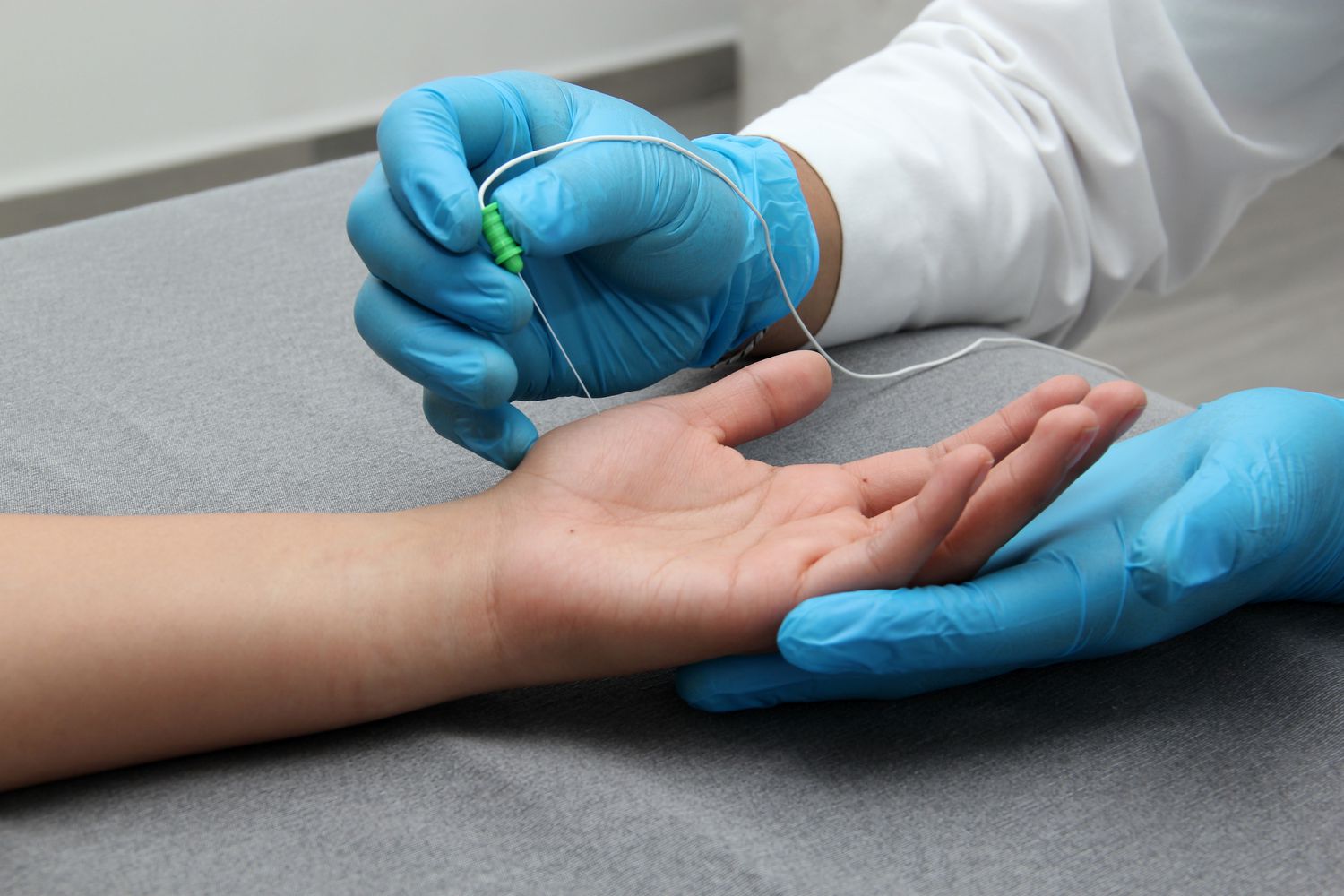
Chronic pain can significantly impact daily life, making even simple tasks challenging. For those who have not found relief through medications or physical therapy, radiofrequency ablation (RFA) offers a minimally invasive, long-lasting solution. This advanced procedure targets the nerves responsible for transmitting pain signals, providing months or even years of relief.
What Is Radiofrequency Ablation?
Radiofrequency ablation is a non-surgical pain management technique that uses heat generated by radio waves to disrupt nerve function. The procedure selectively burns the nerve endings that send pain signals to the brain, effectively reducing or eliminating pain in the treated area. RFA is commonly used to treat chronic back, neck, knee, hip, and joint pain.
Who Can Benefit from Radiofrequency Ablation?
Patients suffering from conditions such as:
- Arthritis-related joint pain
- Chronic lower back or neck pain
- Sciatica
- Facet joint pain (caused by spinal arthritis)
- Sacroiliac joint pain
- Neuropathic pain
Before undergoing RFA, doctors usually perform a diagnostic nerve block to confirm that the targeted nerves are the source of the pain. If the patient experiences relief from the test block, they are likely good candidates for the procedure.
How Does the Procedure Work?
- Preparation: The patient lies down, and the area to be treated is numbed with a local anaesthetic.
- Needle Placement: Using X-ray guidance, the doctor inserts a thin, specialized needle near the targeted nerve.
- Radiofrequency Current Application: A mild electrical current confirms the correct nerve location. Then, heat is applied through the needle, disrupting the nerve’s ability to transmit pain signals.
- Completion: The procedure takes about 30 to 90 minutes, and patients can return home the same day.
Advantages of Radiofrequency Ablation
- Long-lasting pain relief: Results can last between 6 months to 2 years or longer.
- Minimally invasive: No incisions or stitches are needed.
- Quick recovery: Most patients resume normal activities within a few days.
- Reduced medication dependence: Many people experience reduced reliance on pain medications.
What to Expect After the Procedure?
Some patients may experience mild discomfort or swelling for a few days. However, significant pain relief is usually noticeable within 1 to 3 weeks. Most patients enjoy an improved quality of life with better mobility and reduced pain.
Is Radiofrequency Ablation Right for You?
If chronic pain is interfering with your daily life, radiofrequency ablation may be the solution you need. At Neurology and Pain Management Clinic (NPMC), Dr. Gautam Arora specializes in this advanced pain relief technique, helping patients regain their mobility and comfort.
If you’re looking for a long-term solution for chronic pain, consult with a specialist to determine if radiofrequency ablation is right for you.





Leave a Reply